Class of 2019 | sadhviv@wharton.upenn.edu
On April 19th 2016, Lexmark (LXK) announced that it will be acquired by a group of investors, including Apex Technology and PAG Asia Capital. Lexmark, based in Kentucky, is a leader in the printing service space, by developing, manufacturing, and supplying items such as printers and related supplies & services for both homes and offices across 150 countries. Lexmark International was founded in 1991, when IBM separated its printer side in a buyout involving Clayton, Dubilier & Rice.
Lexmark is known as the first company to market the 4800 by 1200 dpi resolutions, develop the 1200 dpi laser and inkjet printers, manufacture independent photo printers, and sell the less-than-$100 inkjet printer. It not only develops printers under its own name, Lexmark, but also manufactures for other large companies, such as Dell.
The 13,000+ employee company has been trading at about $40 for the last few years, with a slight bump from about $34 due to news of the 2016 deal. At Lexmark’s peak, in the year 2000, it was trading at $118. In 2004 and 2006 it reached $96 and $73 respectively, moving to exit the lower end of the inkjet market, thereby helping to revive the consumer division. By mid-2012, the stock price had sunk to a low of $17 amidst a slowing of the inkjet printing industry, a crowded printing landscape, and hints of the weakening of its typically strongest division: enterprise/business. Within the next month, Lexmark announced they will end production of inkjet printers, beginning a steady upward trend in share price. Needing to innovate, the company released the first web-based touchscreen printer while targeting their laser printers and software solutions to a range of business and enterprise clients. That year, Lexmark brought in about $3.8 billion in sales with a little more than half of that figure coming from international sales.
Services Lexmark provide include customer support, the Managed Print Service (MPS) for efficiency improvement in a business client’s printing costs, and the Lexmark Secure Content Monitor Solution to ensure that data passed through Lexmark printers, copiers, fax machines, or scanners do not contain sensitive data being transmitted without permission.
After consulting with Goldman Sachs to explore selling opportunities given the fall in demand for its products due to a global shift towards digital document handling, Lexmark recently agreed to an acquisition valuing it at about $3.6 billion, or $40.50 per share (closely matching market value). The deal focused on maximizing value for shareholders while allowing Lexmark to continue development of new initiatives and increasing access to opportunities in Asia.
China-based Apex Technology, one of the companies participating in the acquisition, creates and sells inkjet and laser printer cartridges to distributors. They have a strong foothold in the international printing space with control of Pantum International, China’s first printer and solutions company. PAG Asia Capital, another key buyer in this deal, is the buyout arm of PAG, a large Asian private equity firm with $15 billion under management and 380 employees. Legend Capital was also involved, the venture capital arm of Legend Holdings in China focusing on innovation and technology investments.
As of early September, these acquirers have begun to consider selling off Lexmark’s software division – thought to be worth around $1 billion. Apex Technology and PAG Asia Capital are discussing this sale with other PE firms, names of which have not been disclosed as of yet. This is an interesting action to consider, given the industry-wide shift to target businesses rather than individual customers.
The larger economies of the world, Western Europe and North America, face lower growth as of late, with companies in the printing industry reducing from 12.0% to 7.7% from 2010 to 2014. On the other hand, global growth of employment in the printing industry could almost wholly be attributed to Asia, where the number employed grew by 569,198 over the same period. To further add to the attractiveness of expanding in Asia, Asian countries have been characterized with growing GDPs, rising literacy rates, competitive prices, high global export, and government assistance. Asia currently makes up 63.9% of printing companies and 71.9% of printing industry employees worldwide.
Some of Lexmark’s largest competitors include HP at 36% market share (recently acquiring Samsung’s printing unit), Canon coming in second by number of printer shipments, followed by Seiko Epson and Brother. However, currently Lexmark’s sales are spread 43% in the U.S. and 37% EMEA, while 90% of HP’s sales are from the U.S., potentially positioning Lexmark better to take advantage of the emerging market opportunities.
Given the printing industry is experiencing growth in emerging markets, while the development of digital printing has negatively impacted the industry as a whole along with the poor performance of Lexmark specifically over the last few years, the outcome of this particular deal is uncertain but does come with a potential upside, banking on Lexmark’s success in Asian markets.

